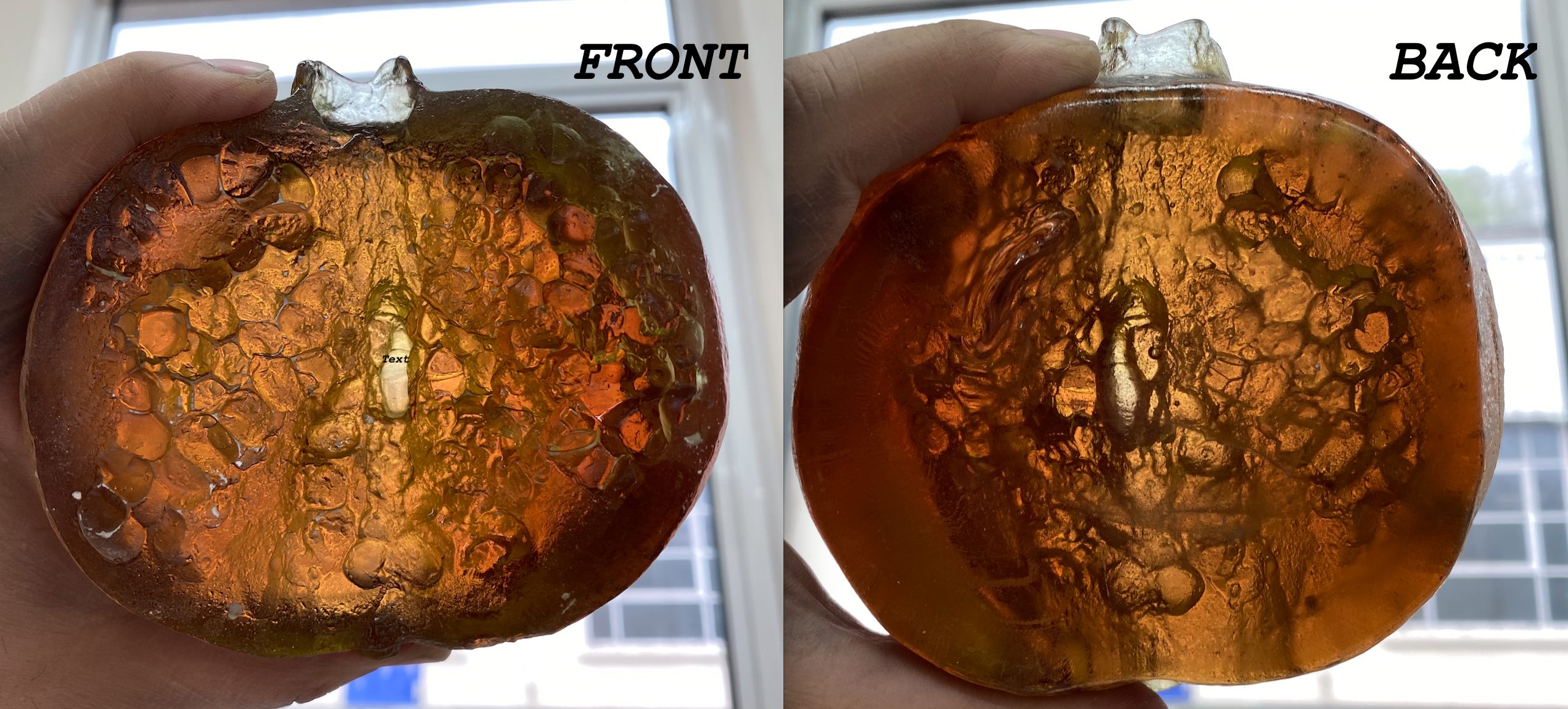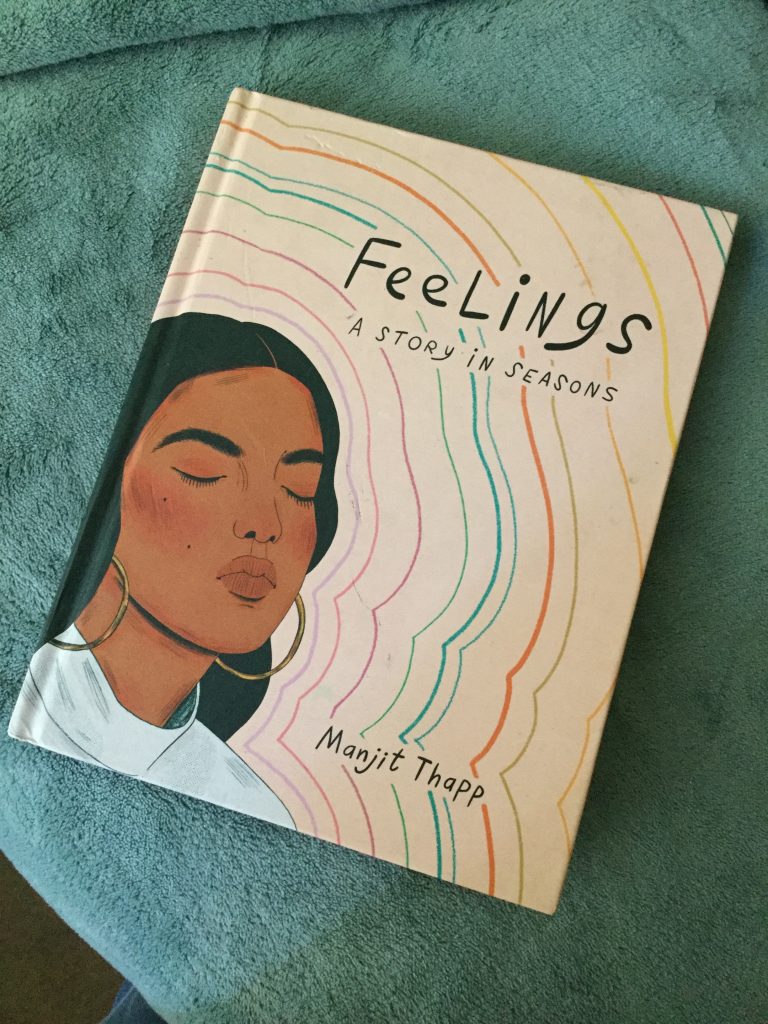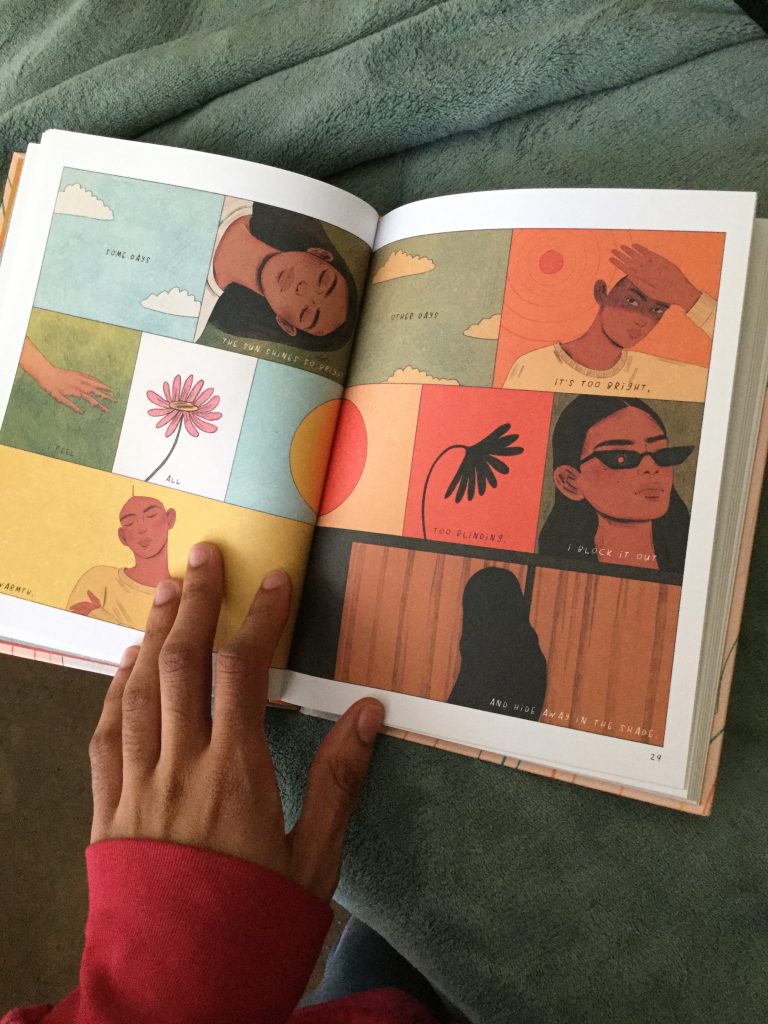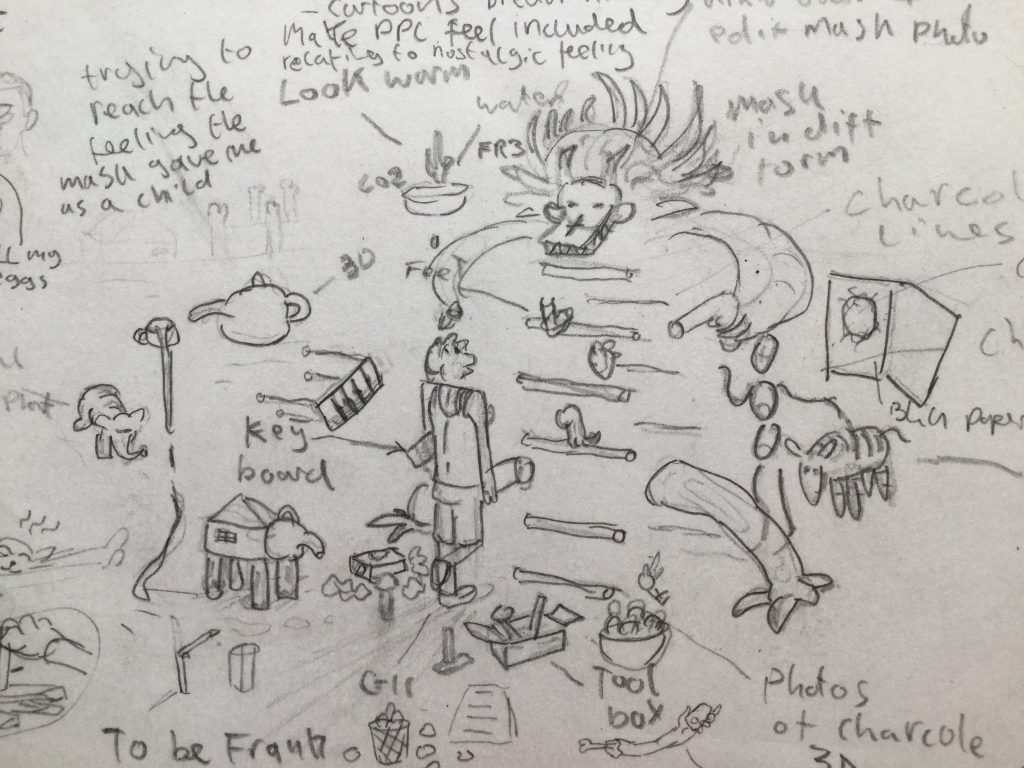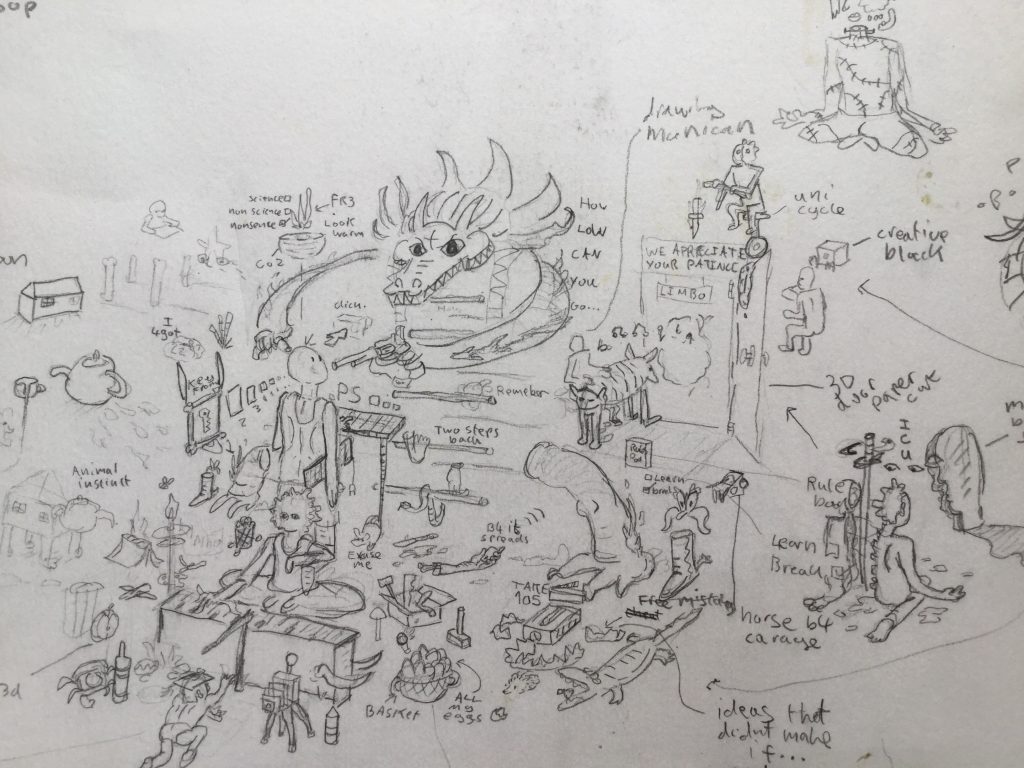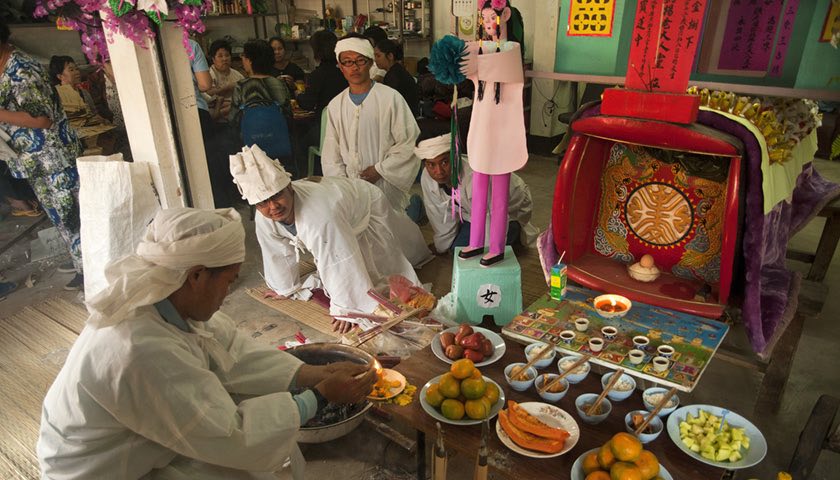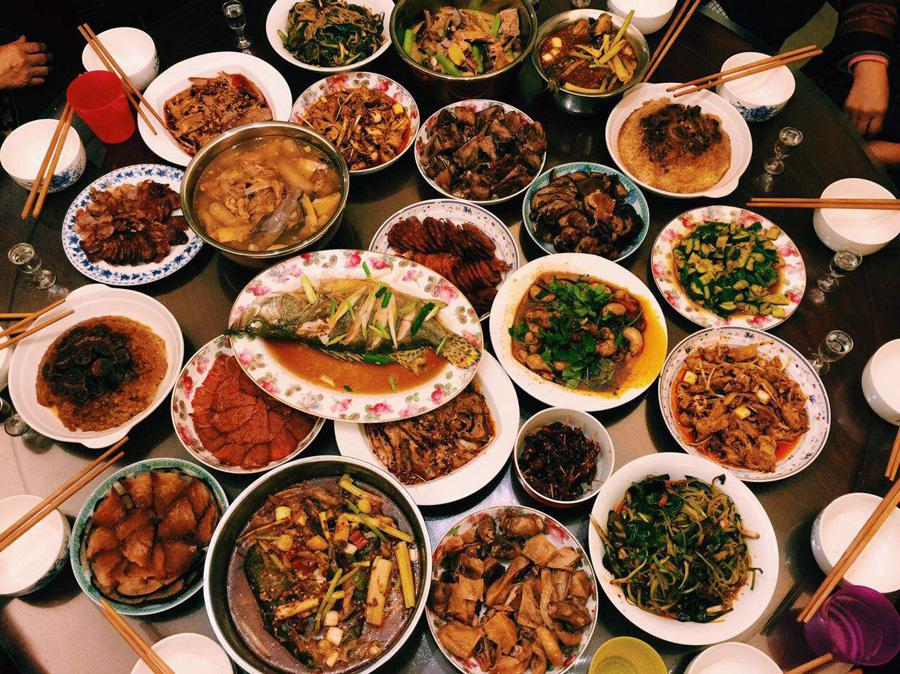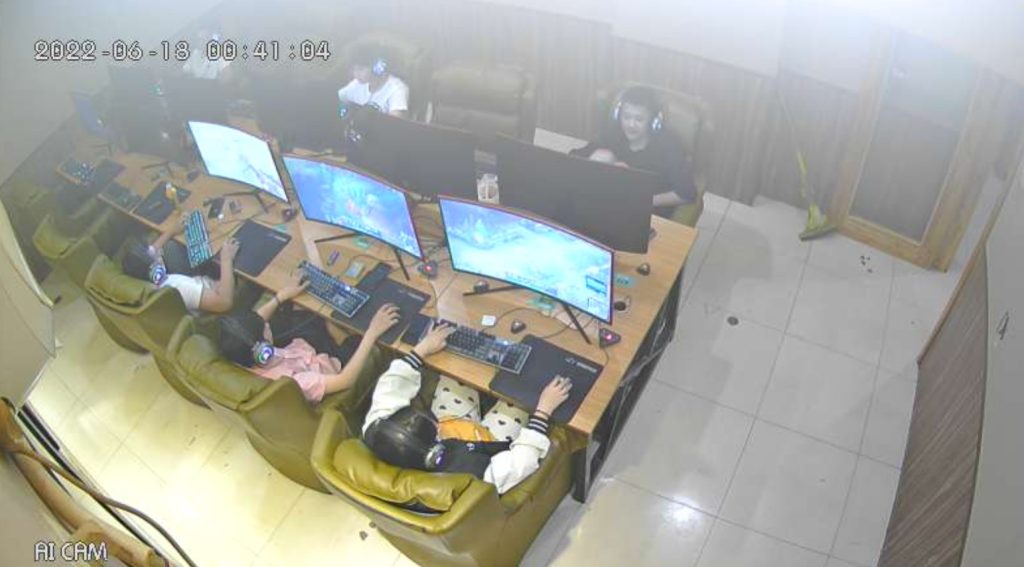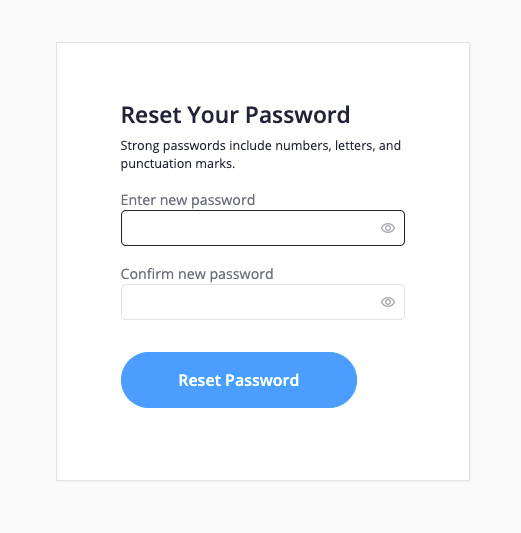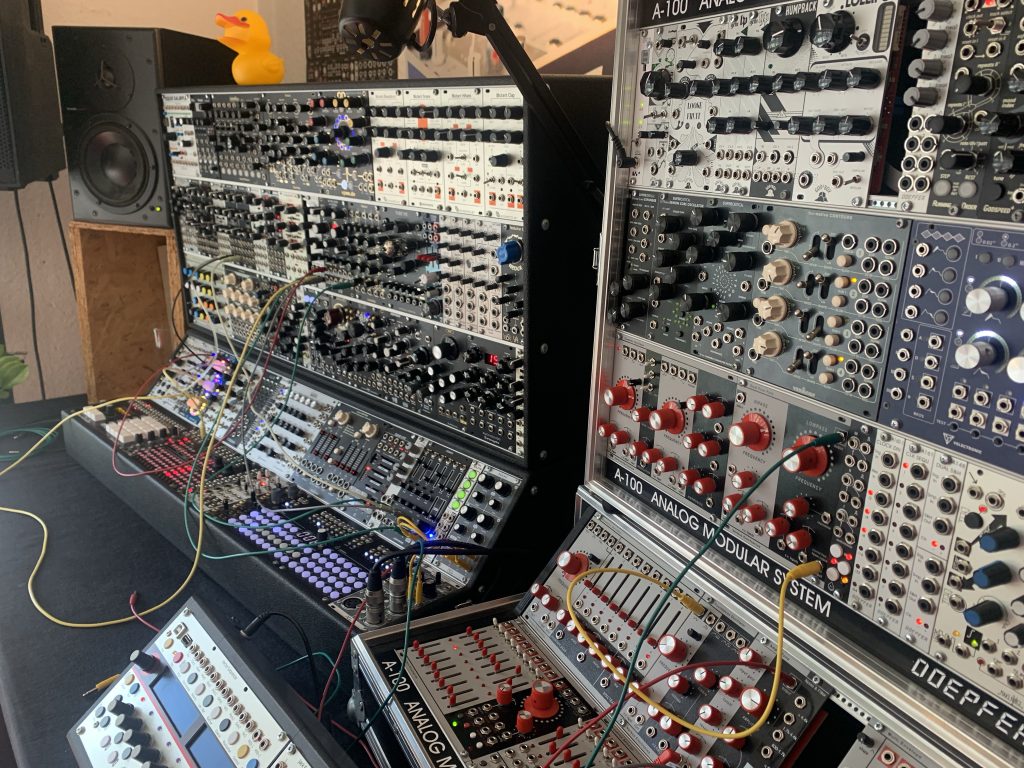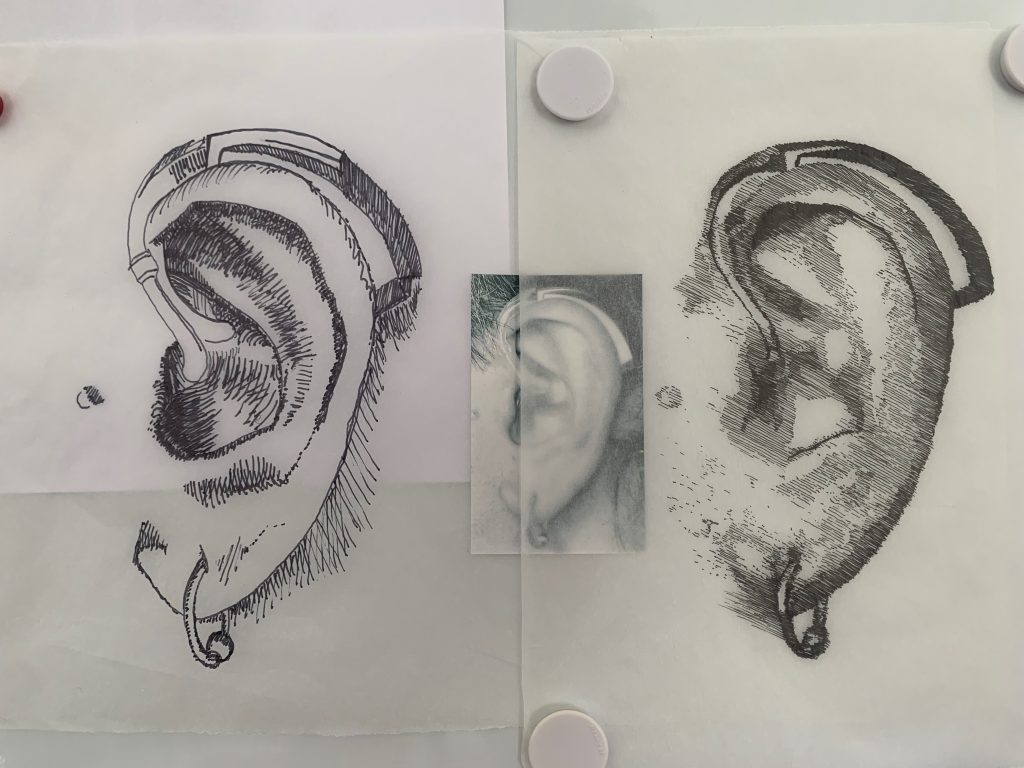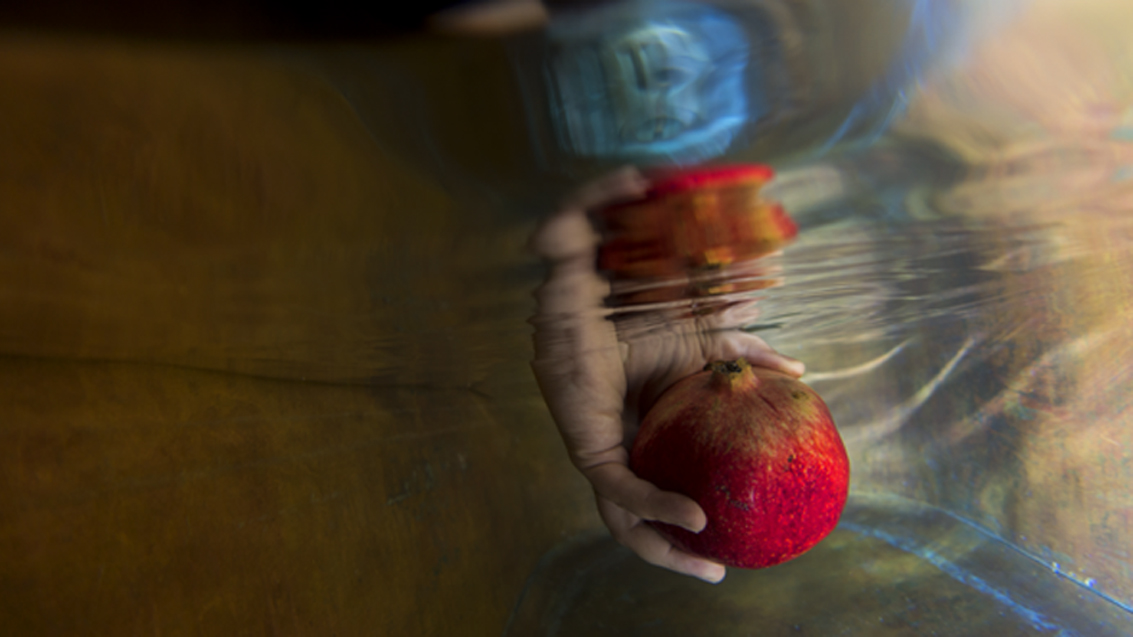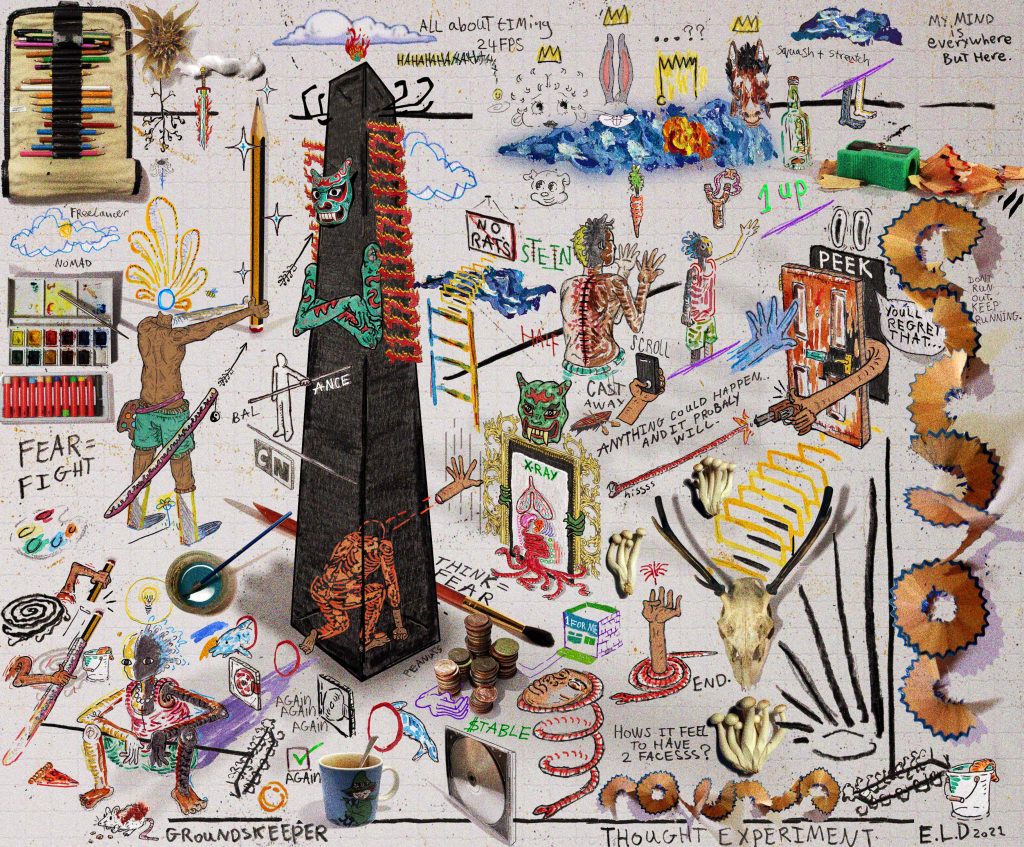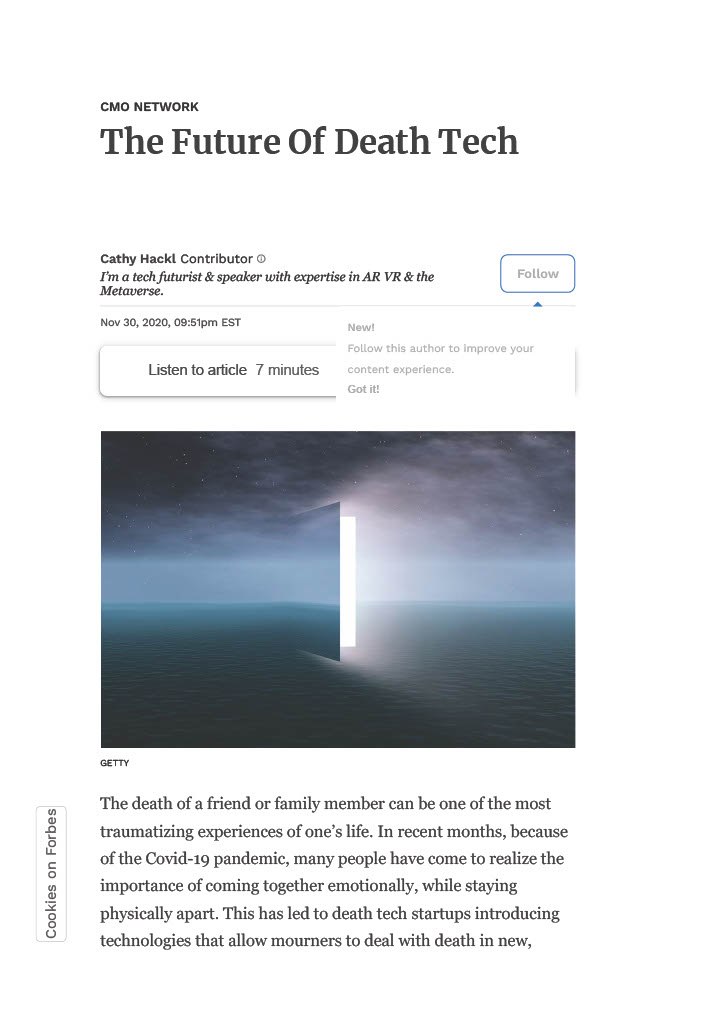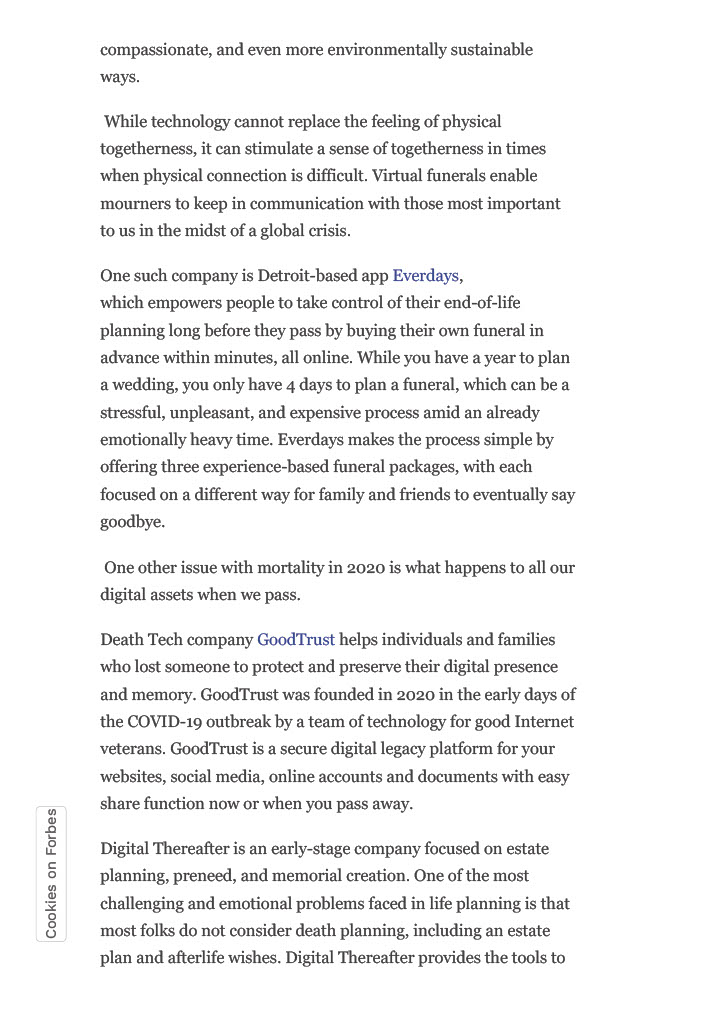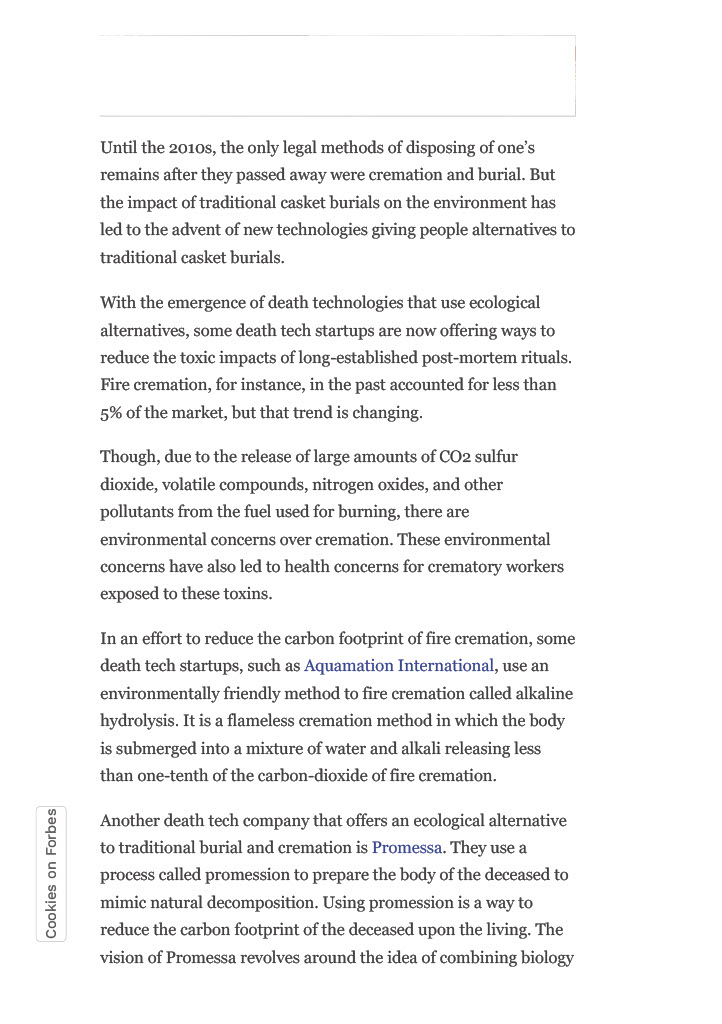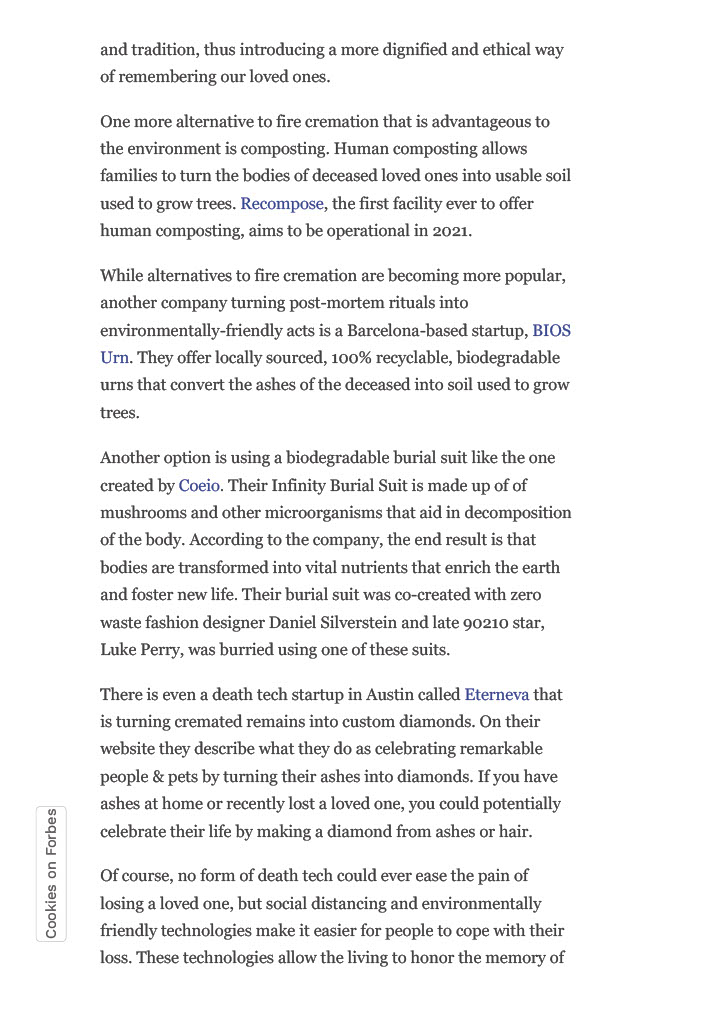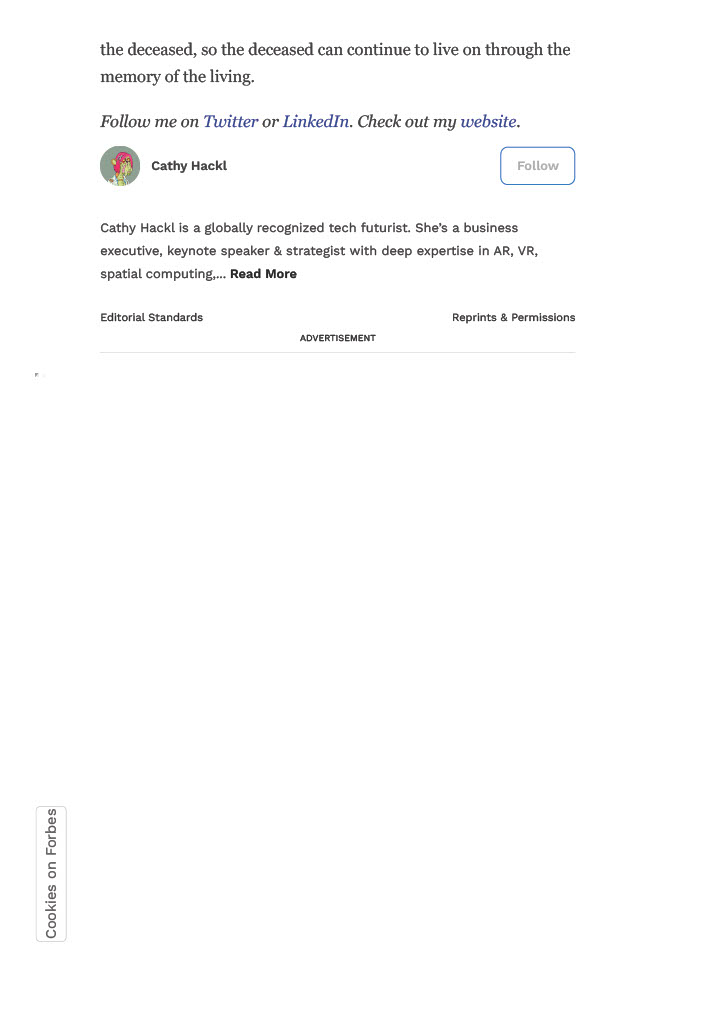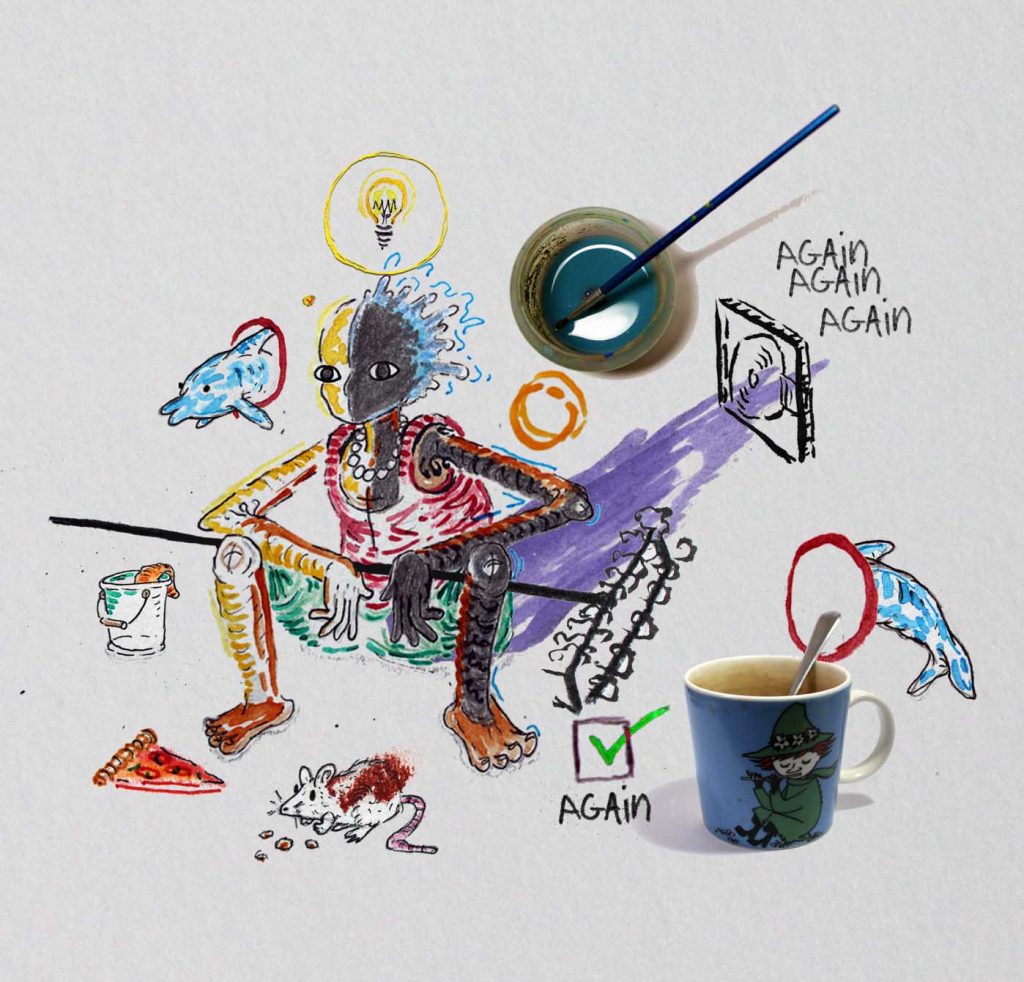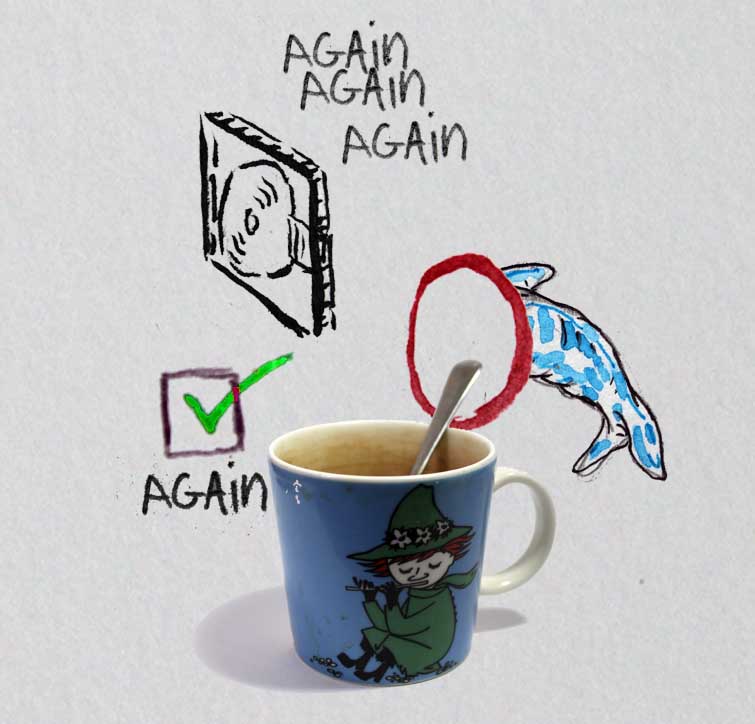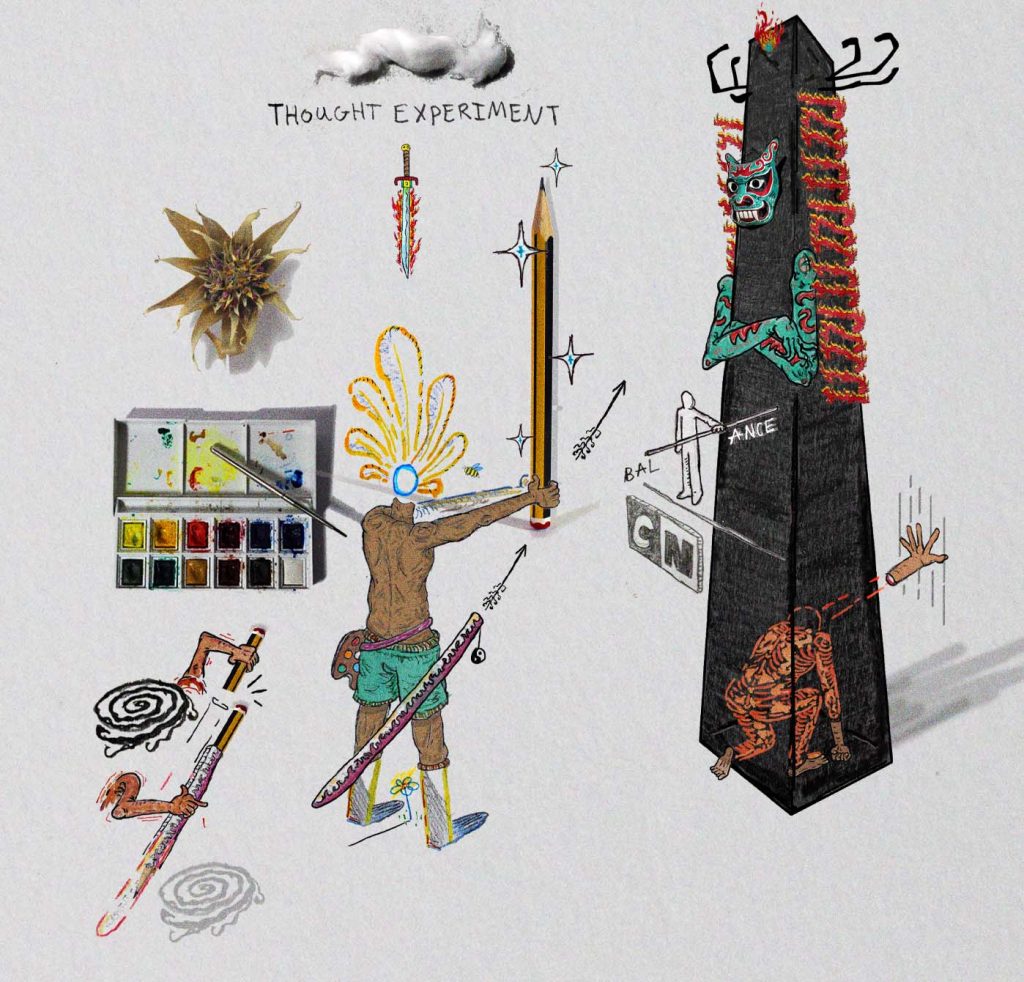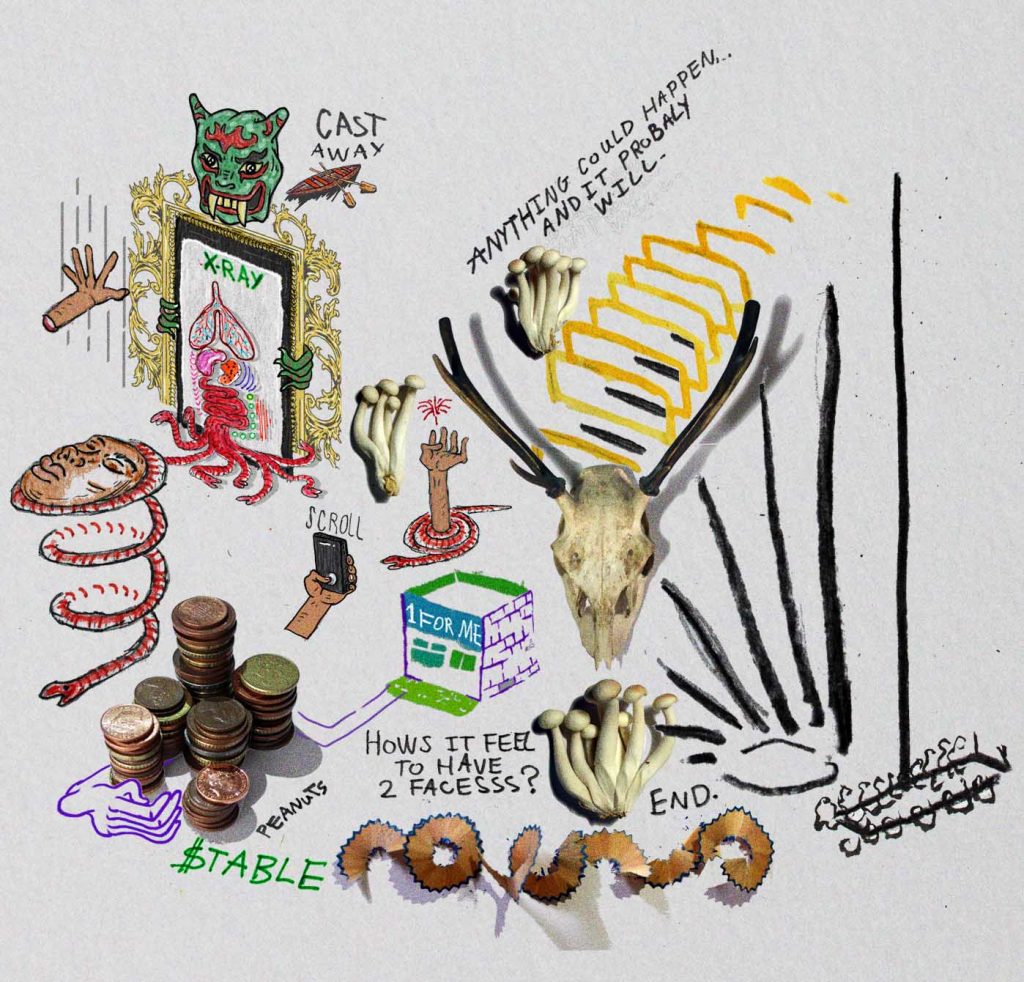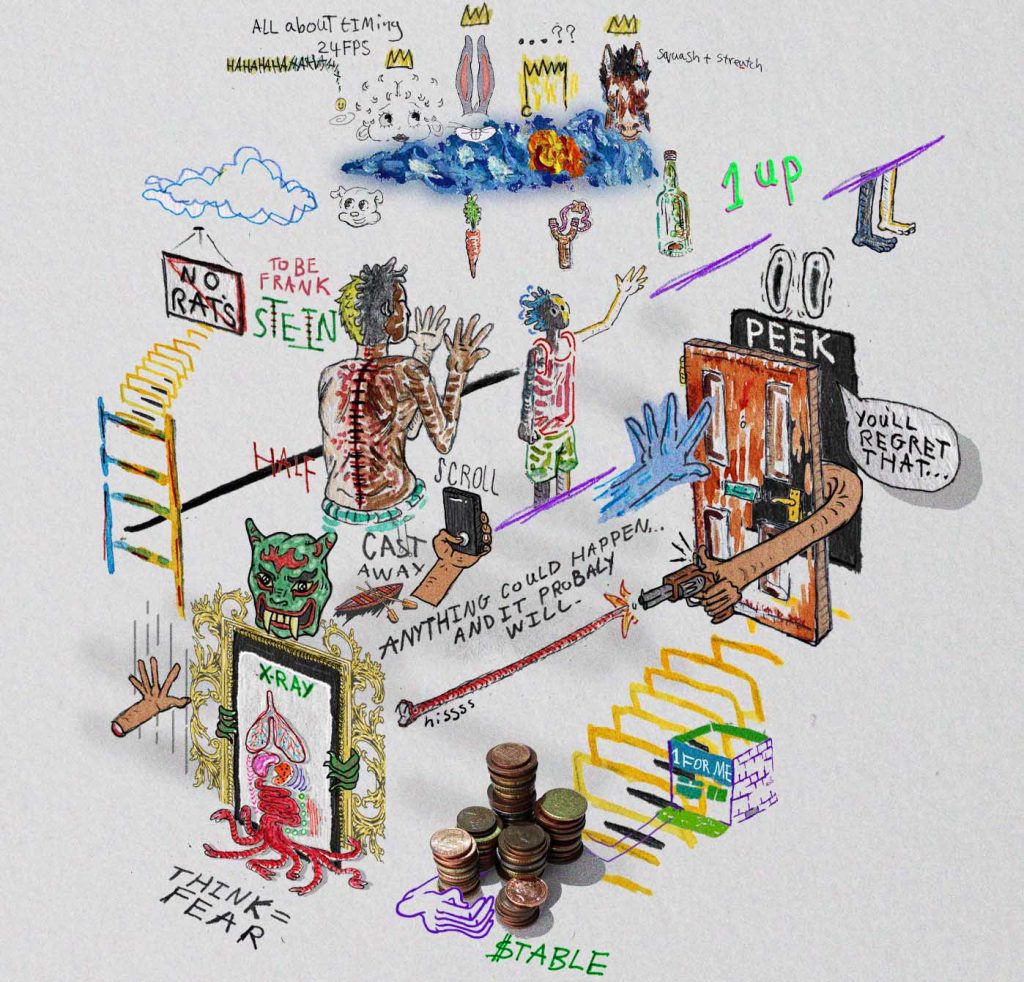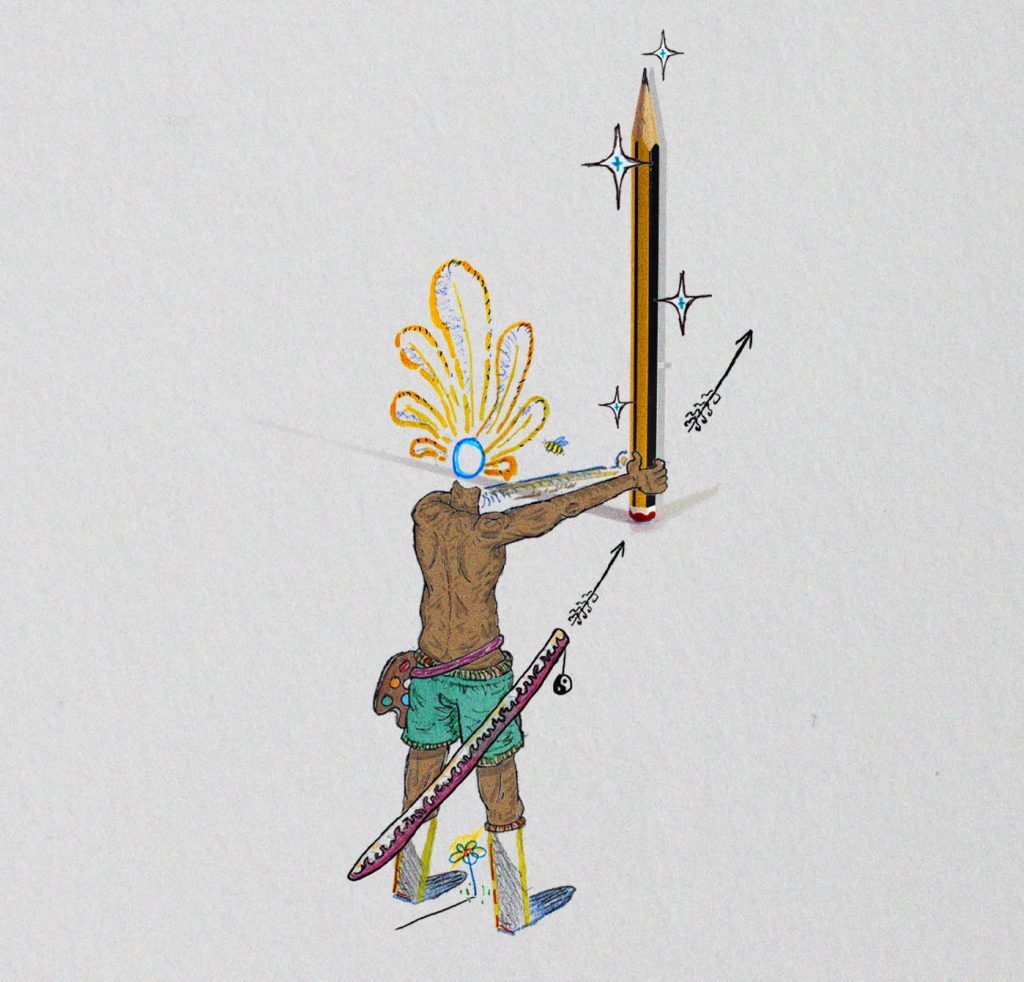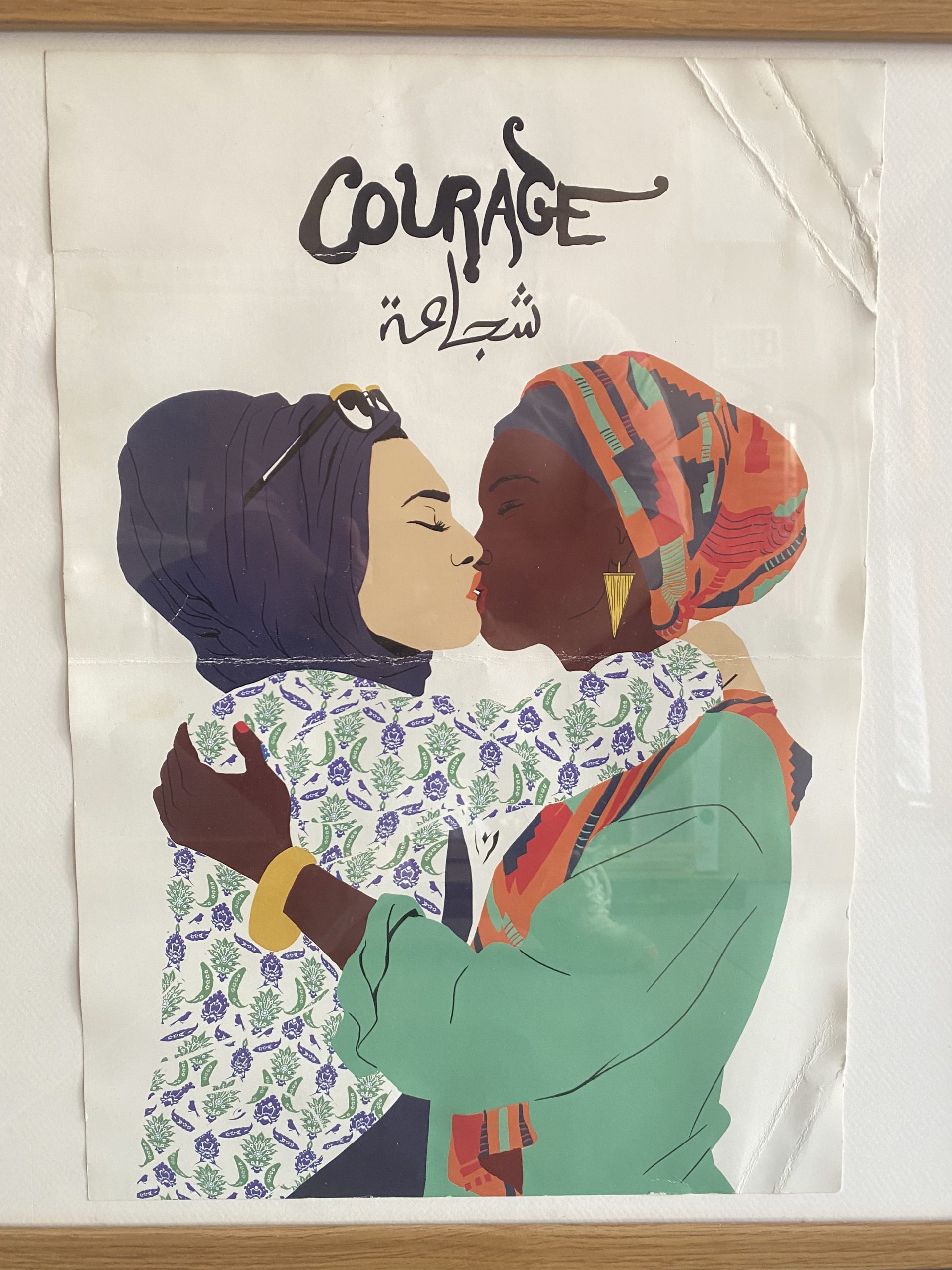
I travel allot for work.
In the last week alone I’ve been in Venice, London, Bradford and Sheffield.
Often my ideas don’t just come from working in my studio, but from exploring outside and beyond binding walls.
I was at a talk on Saturday, at the Bradford Literary Festival, with some phenomenal women writers.
The topic was Bell Hooks and her book; all about love and the impacts it has had on so many, us included.
There was a speaker there, Mona Eltahawy who reminded us to write with courage.
To exist in it.
‘Courage is a muscle, and you have to exercise it’
I was reminded of a poster made for the streets of Italy. Why Italy? Why not Italy?!
This poster sits in my studio and in my home.
It is an image I use in workshops to instigate discussions. Discussions which are always fascinating to hear.
I think it’s so beautiful. And I think it’s something that everyone needs to see. You’re welcome.
The artist @doublewhy_y (instagram)
